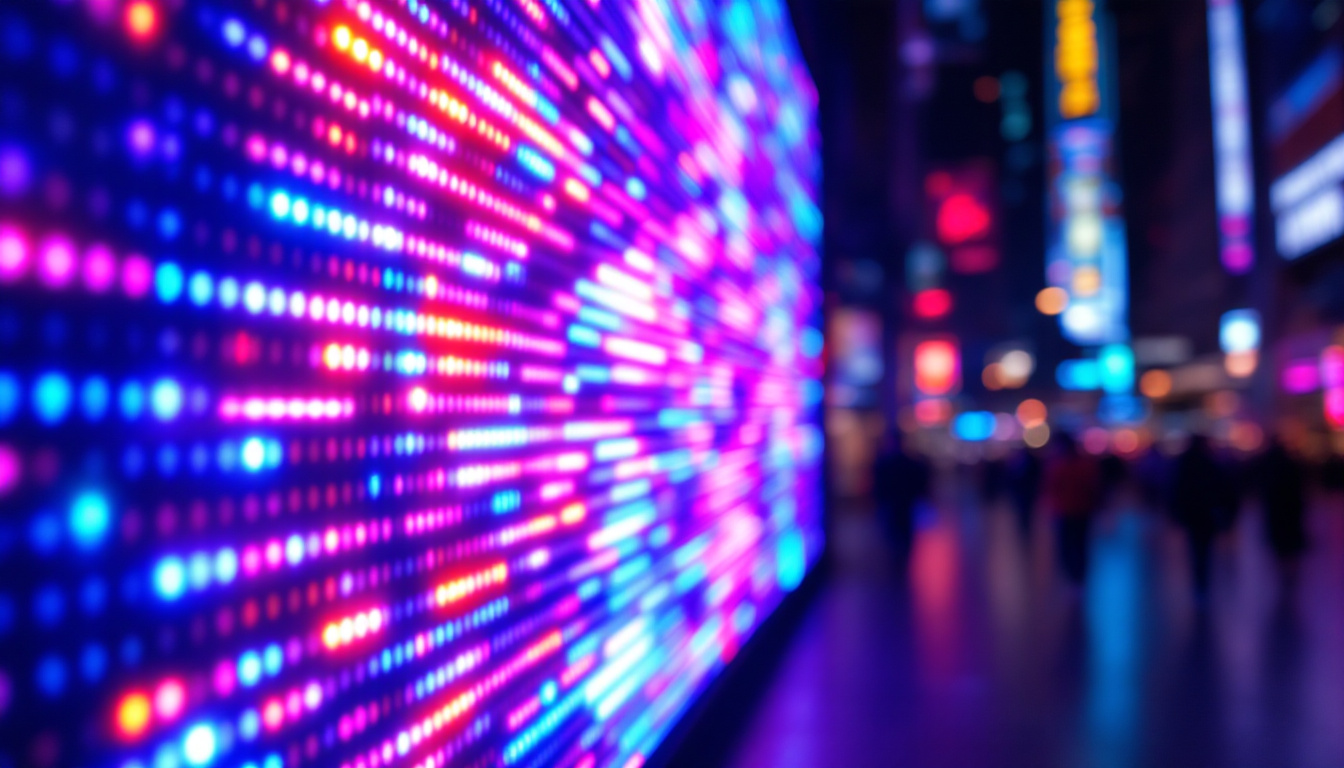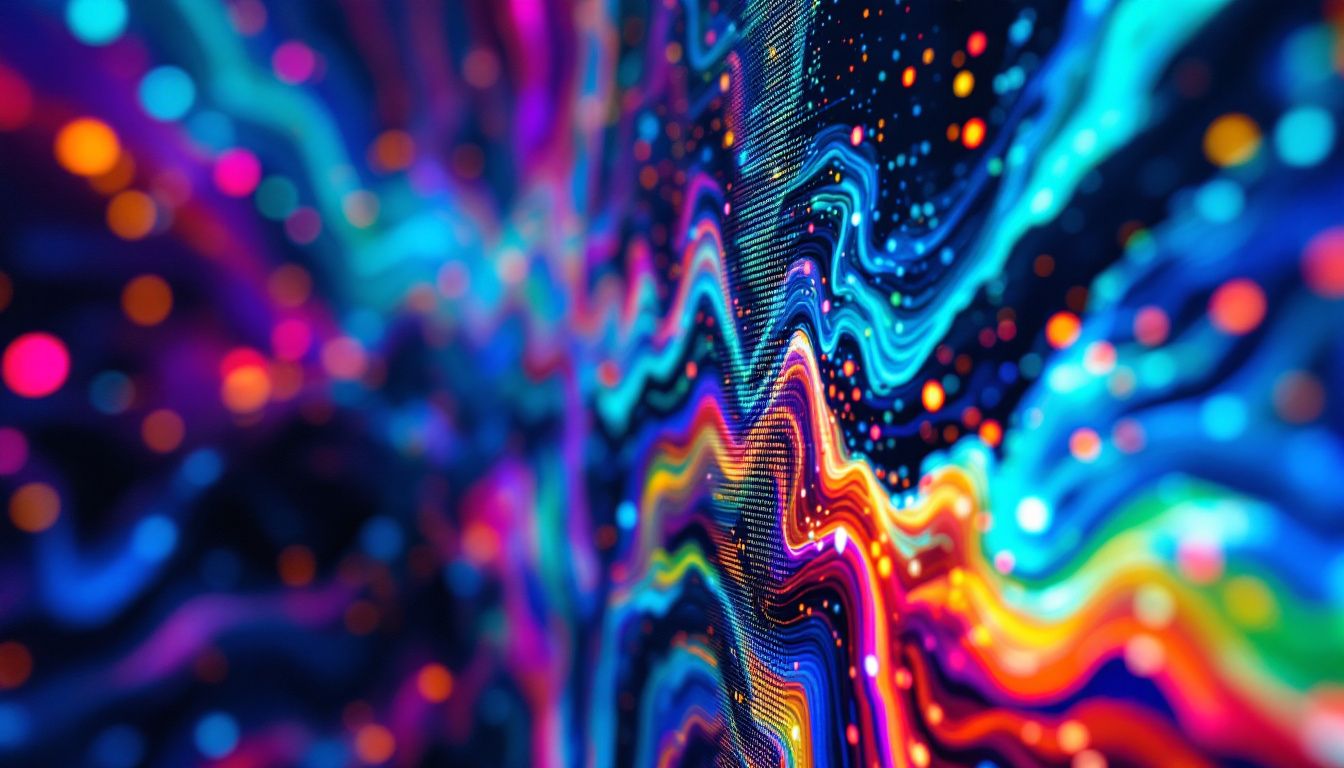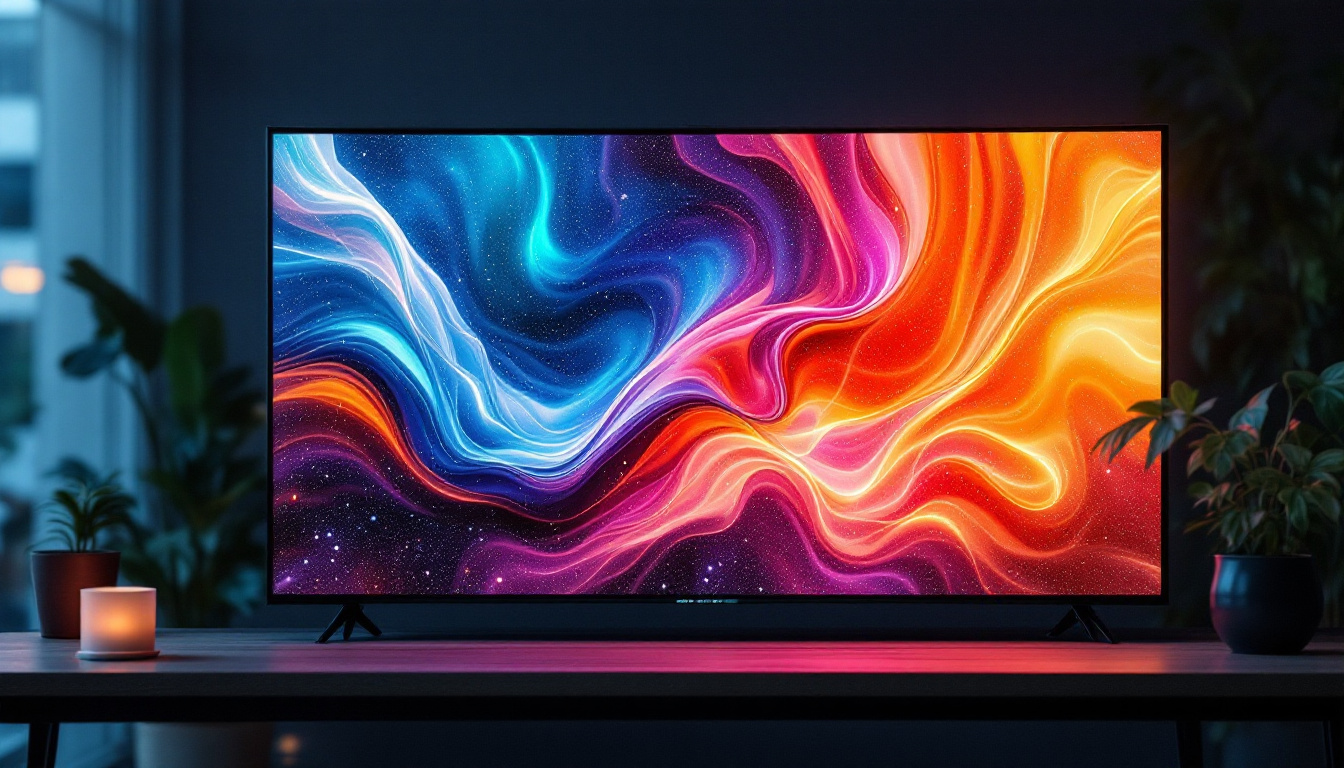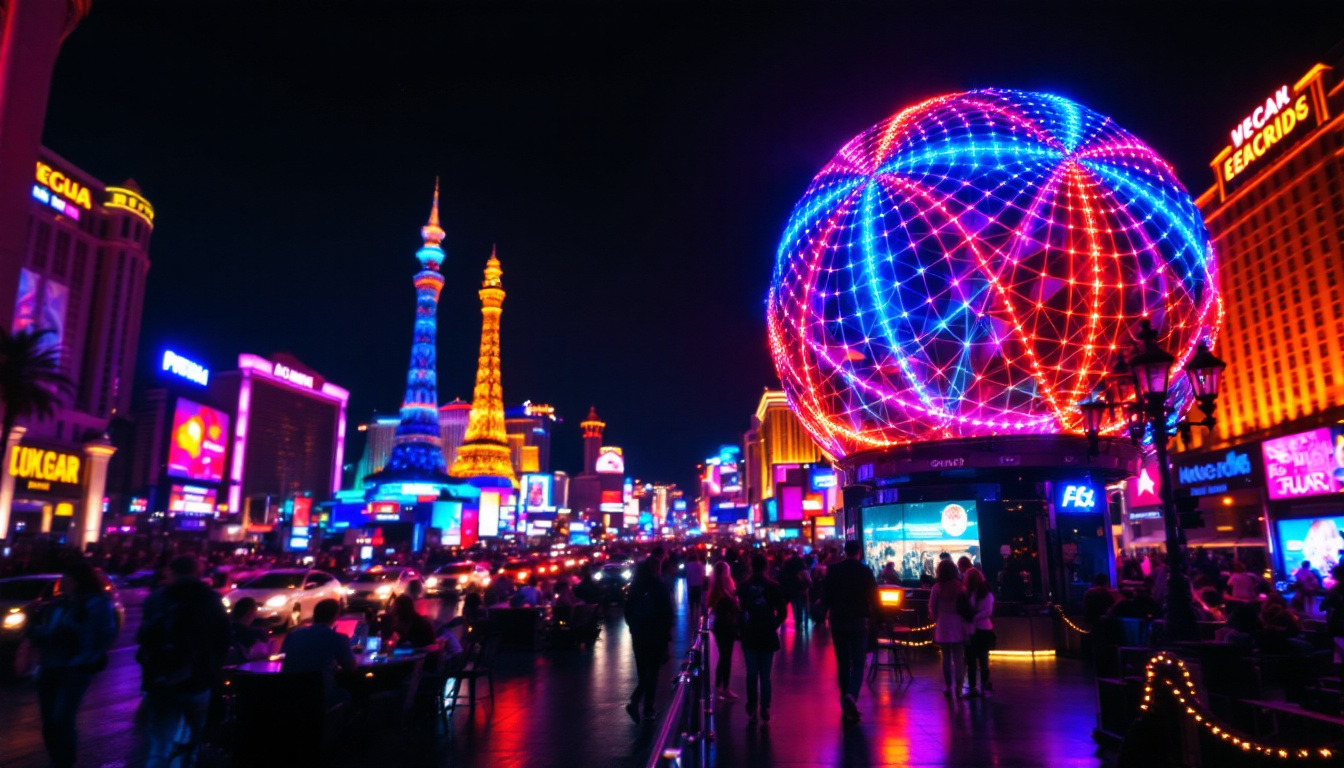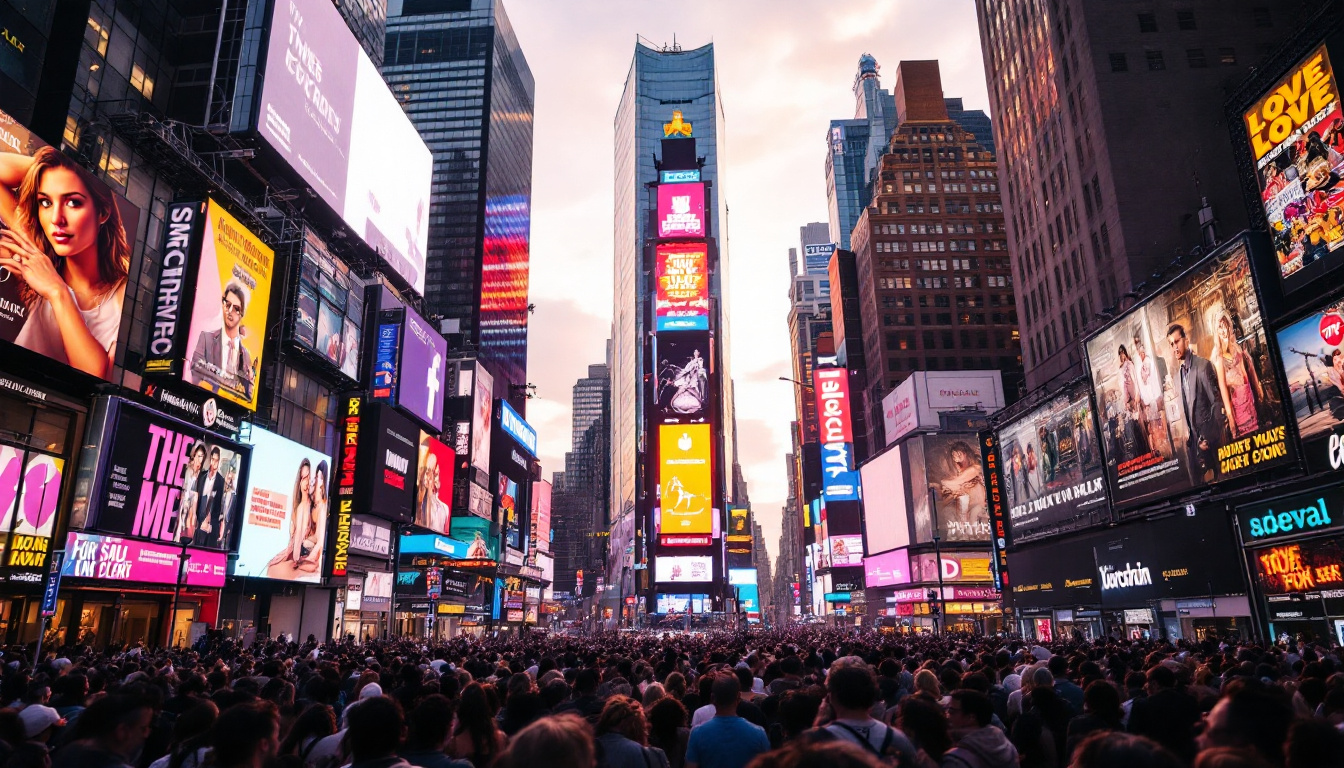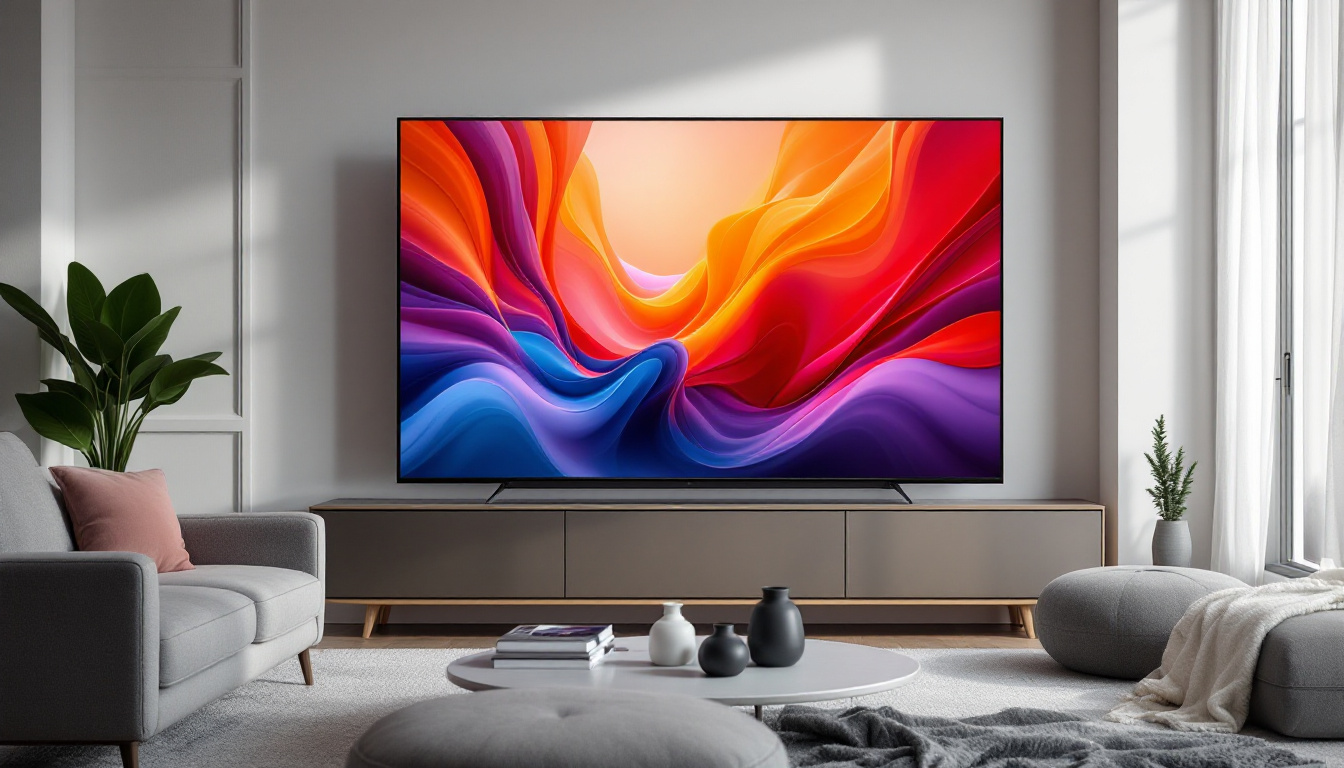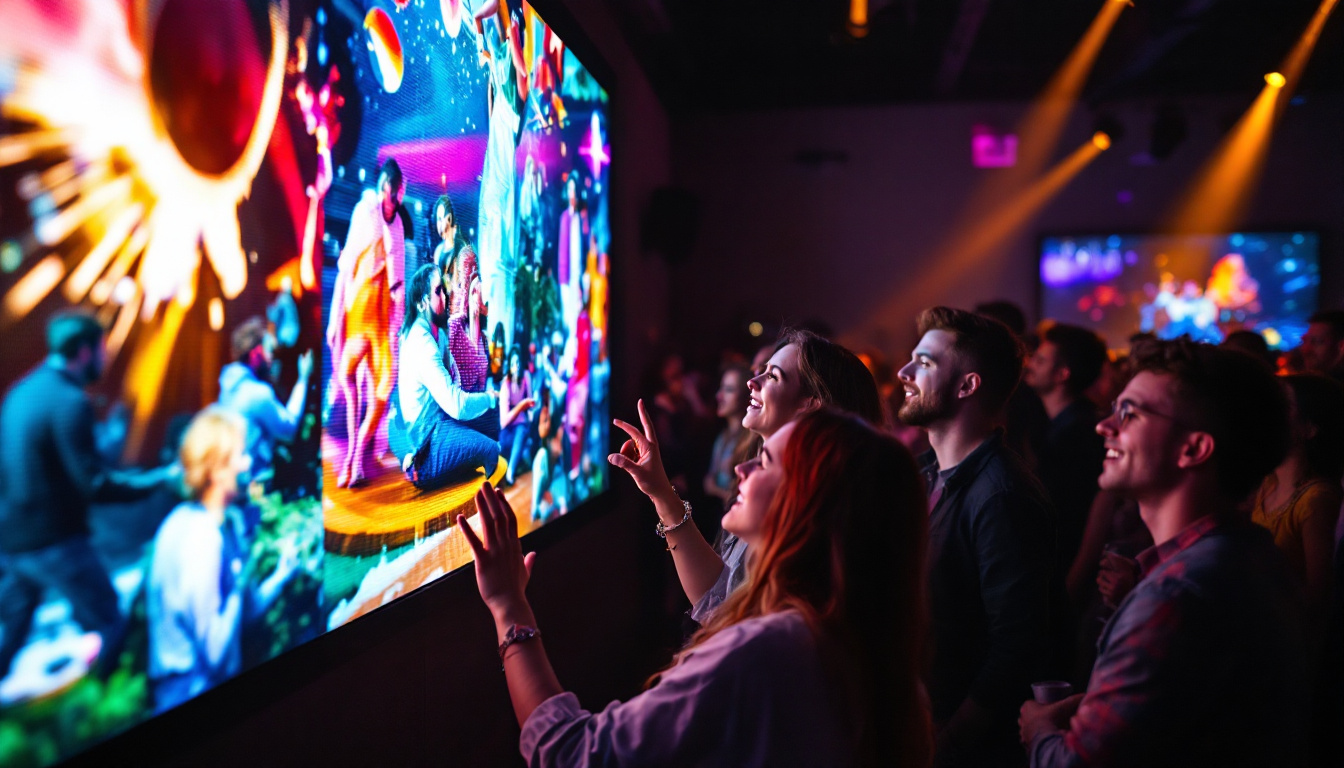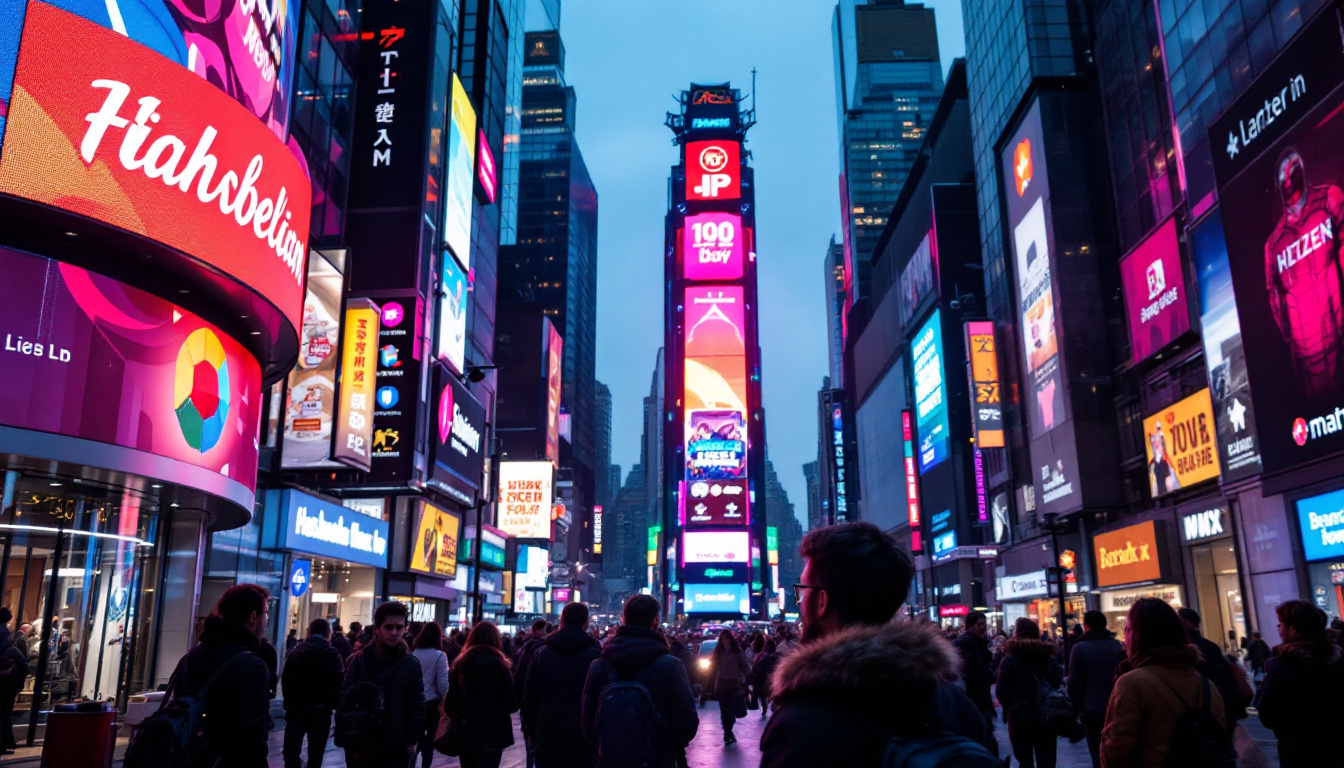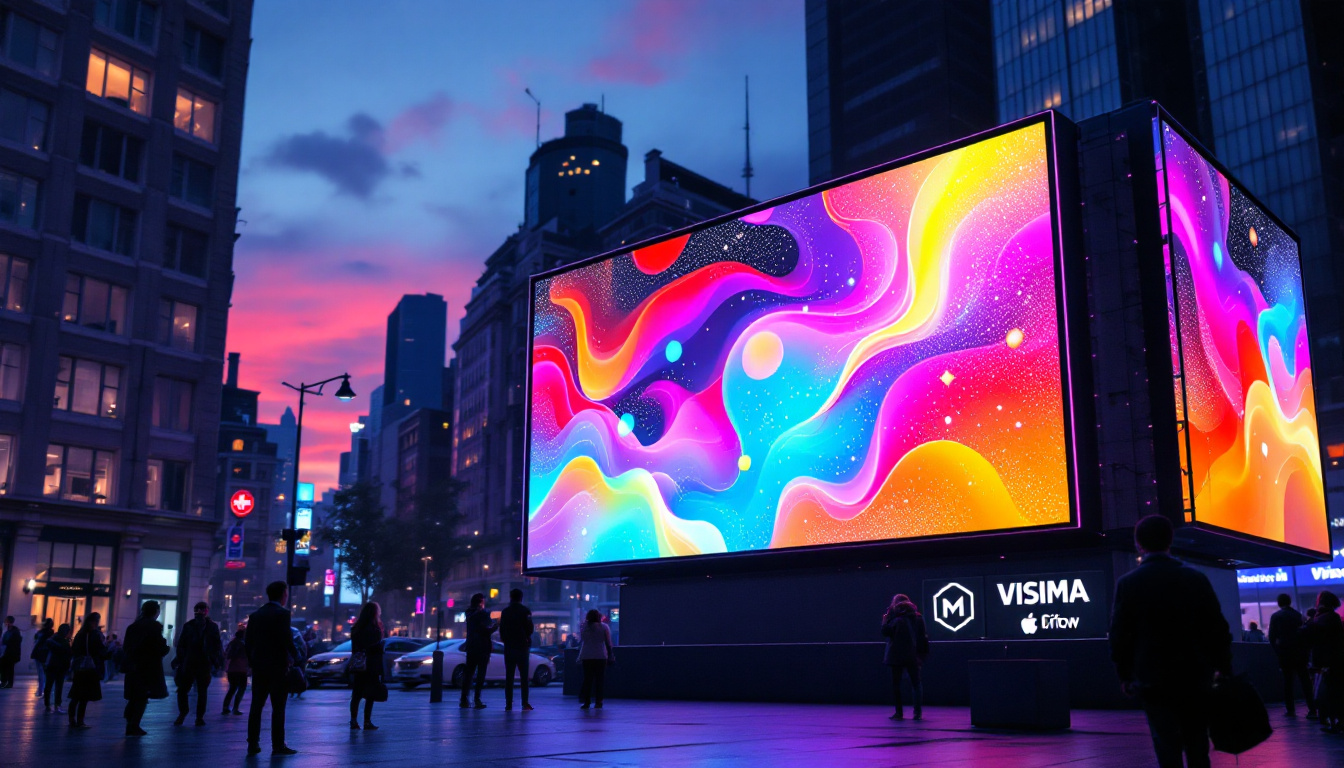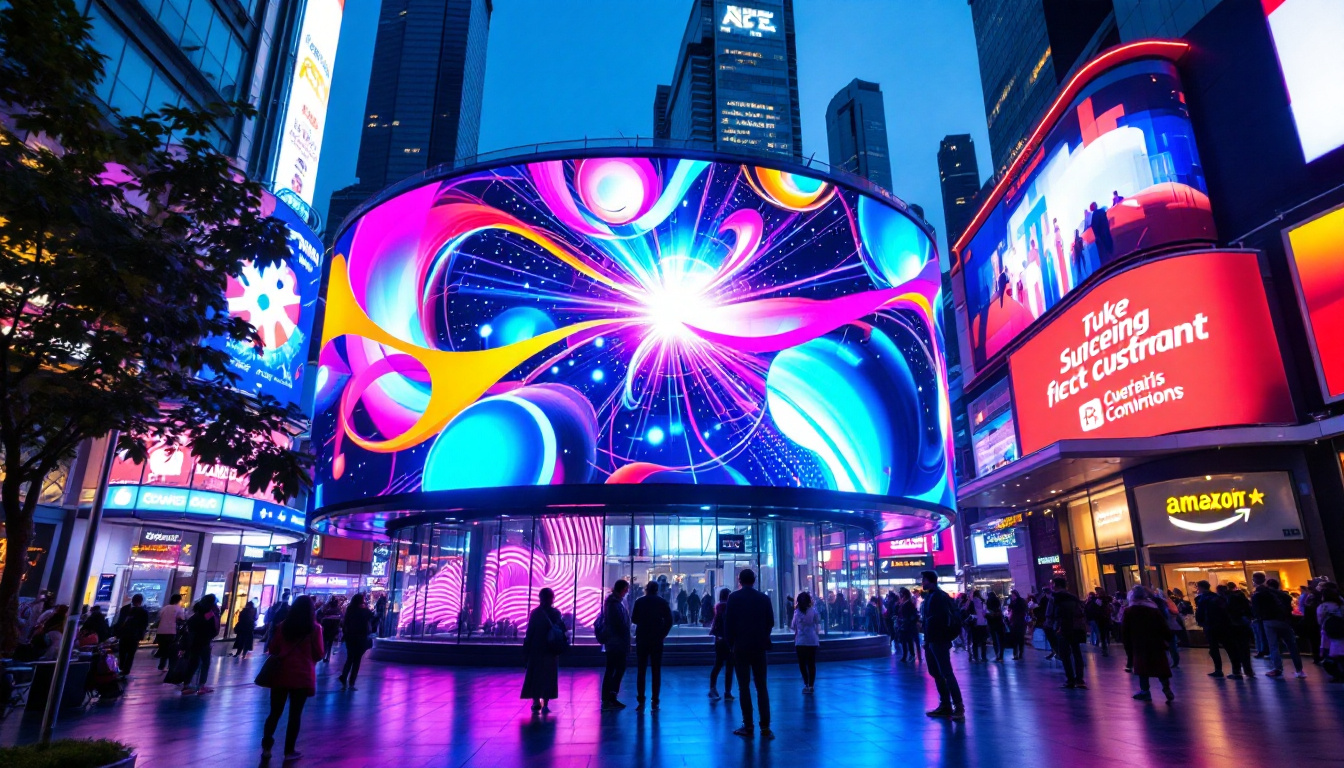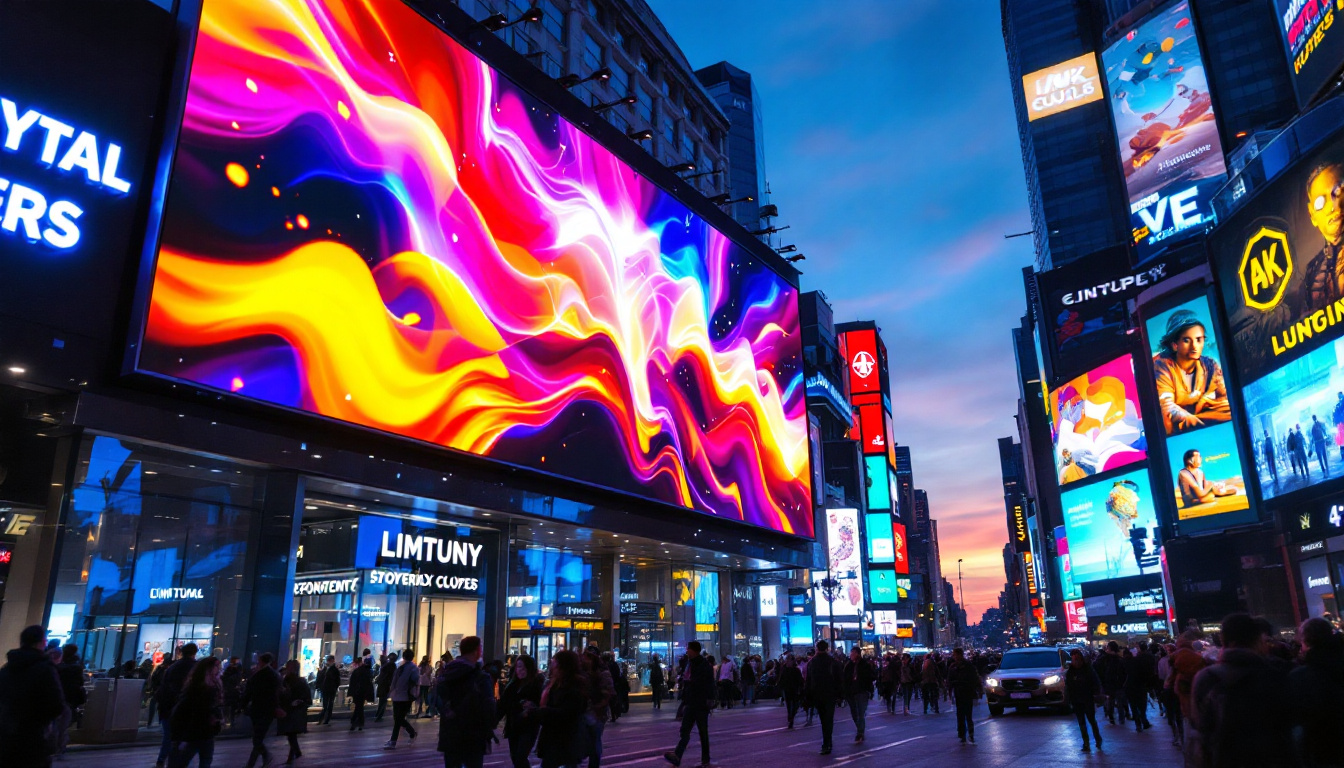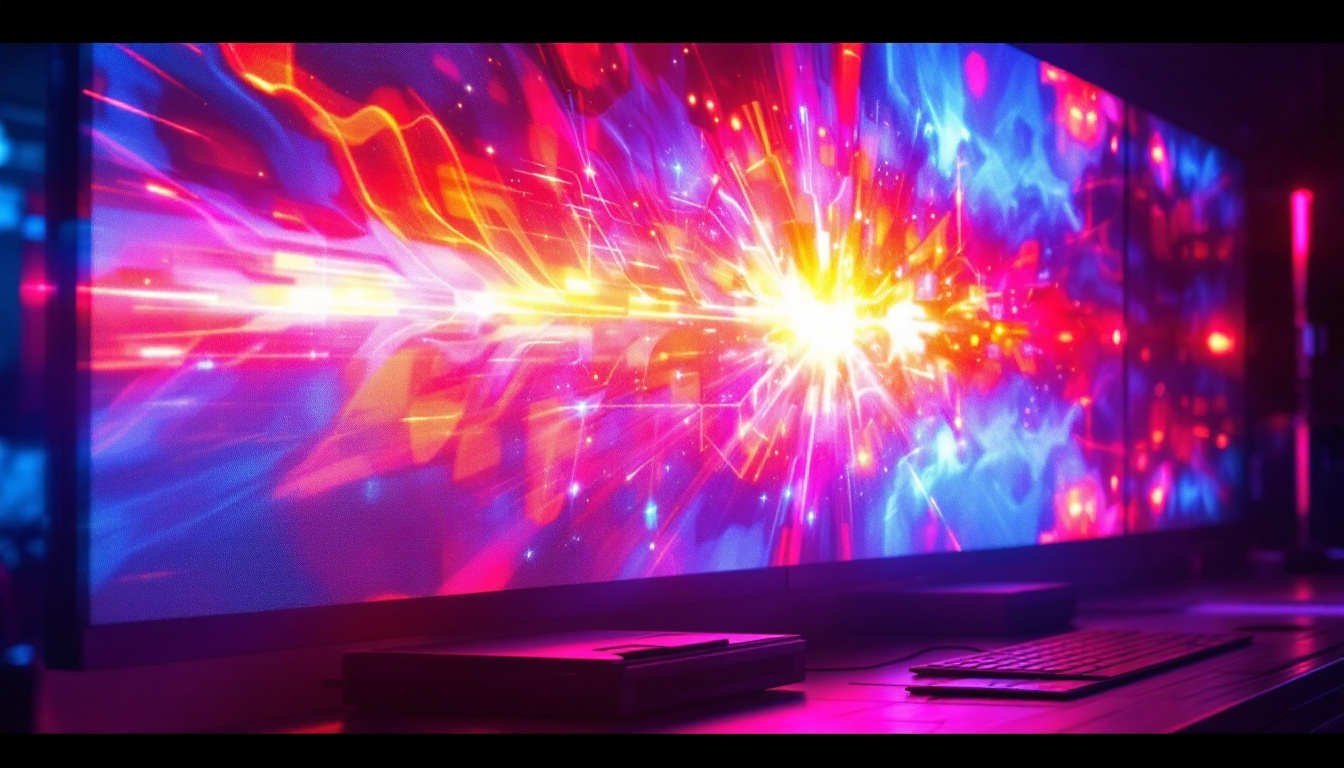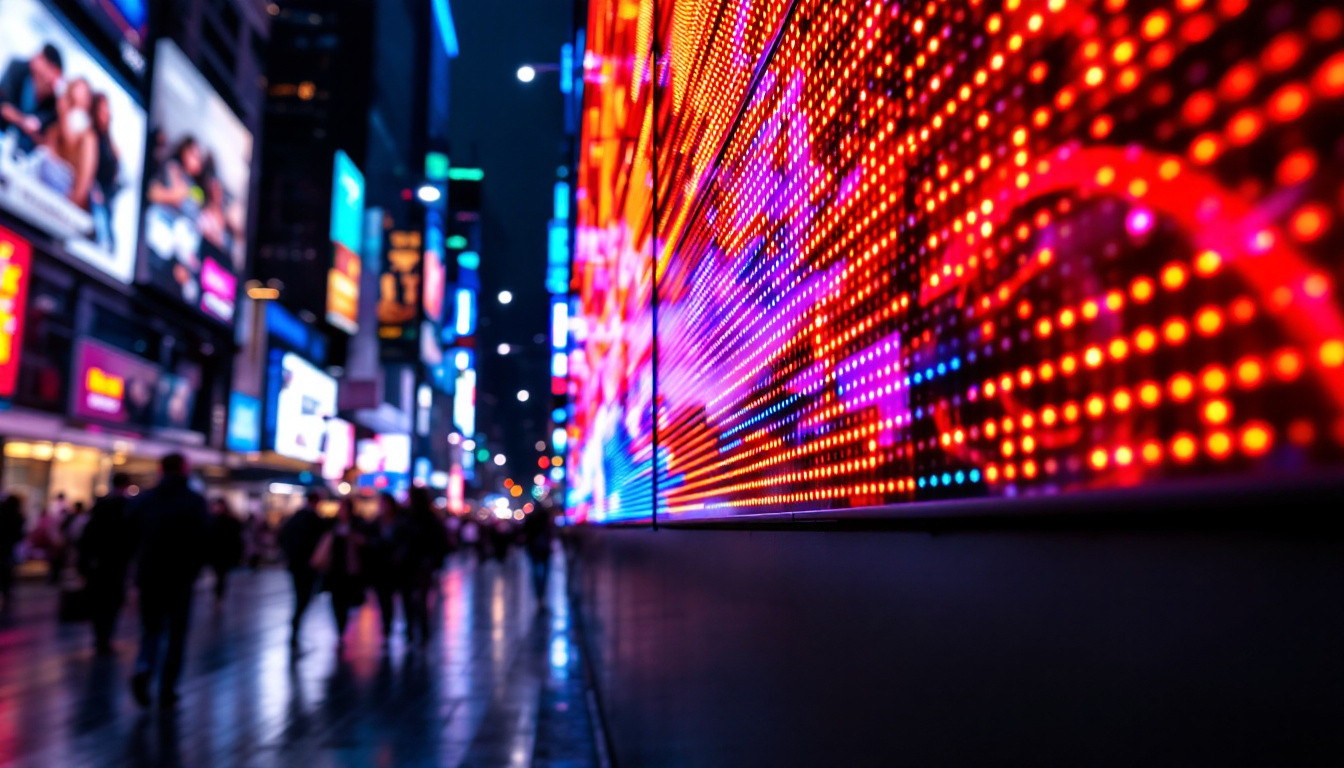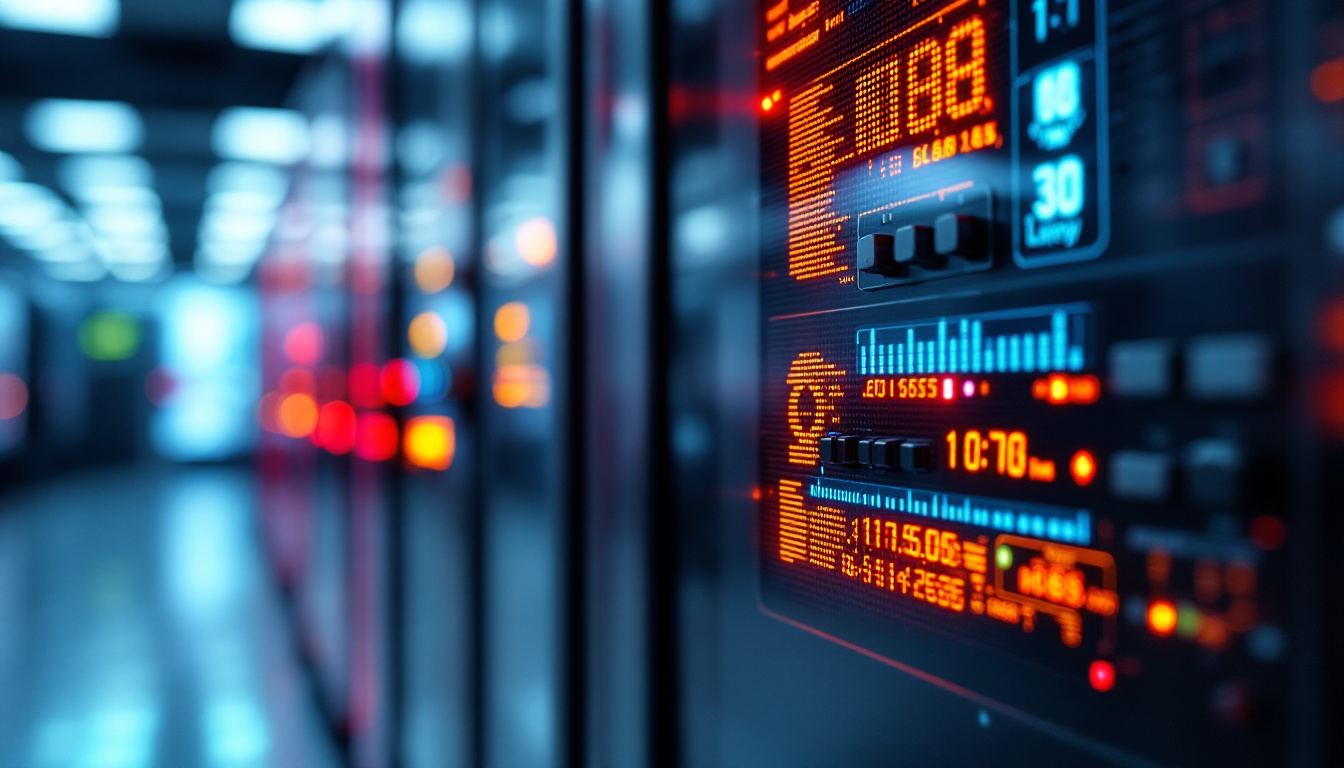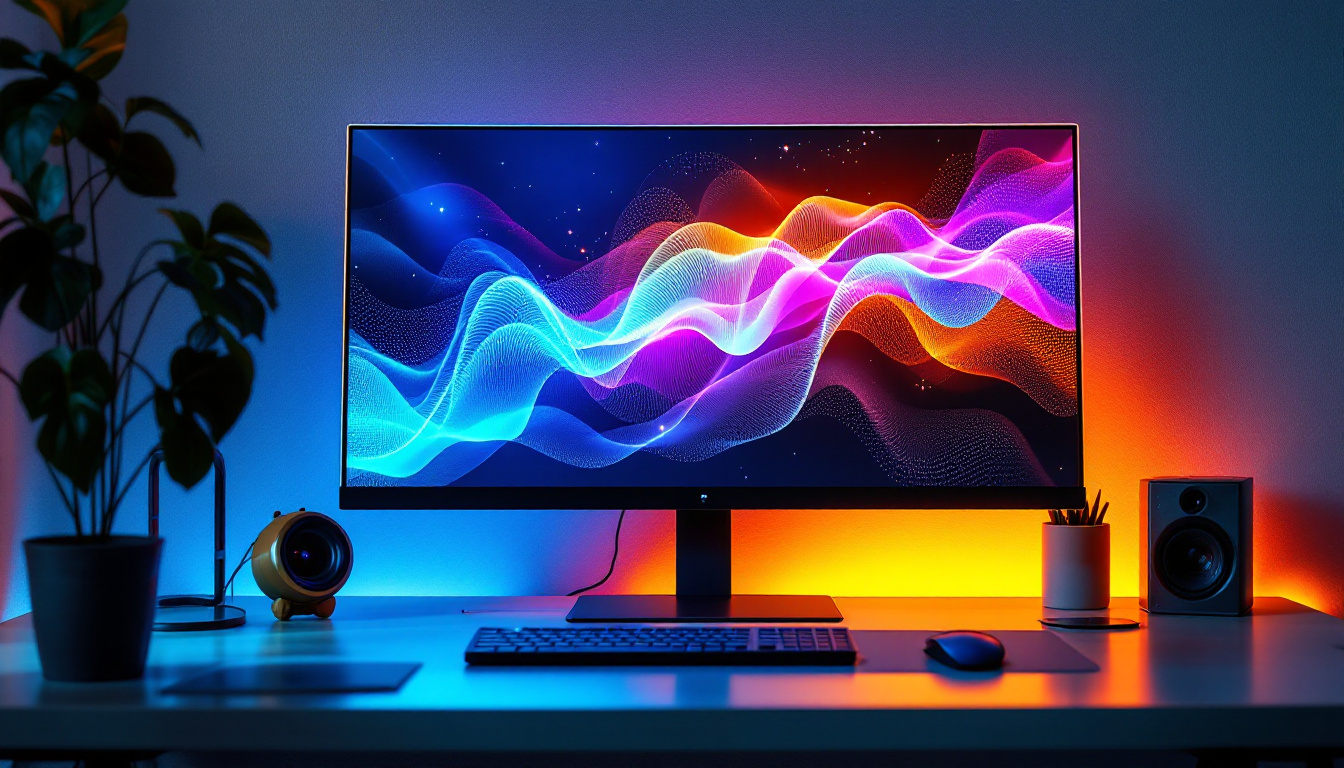In the ever-evolving world of technology, LED displays have emerged as a significant advancement in visual communication. Among these, pixel LED displays stand out for their versatility and high-quality output. This article delves into the intricacies of pixel LED technology, exploring its components, applications, and advantages.
Understanding Pixel LED Technology
Pixel LED displays are composed of numerous individual light-emitting diodes (LEDs) arranged in a grid-like pattern. Each LED functions as a pixel, contributing to the overall image quality and brightness of the display. This technology has transformed the way information is presented, from advertising billboards to large-scale event screens. The versatility of pixel LED technology has also paved the way for innovative applications in various fields, including art installations, architectural lighting, and even wearable technology. As the demand for high-quality visual displays continues to rise, pixel LEDs are becoming increasingly integral to modern communication and entertainment.
How Pixel LEDs Work
The operation of pixel LEDs is based on the principle of light emission through semiconductor materials. When an electric current passes through these materials, they emit light. In a pixel LED display, each pixel can be controlled independently, allowing for a wide range of colors and brightness levels. This capability enables the creation of stunning visual effects, such as animations and video playback, which can captivate audiences and enhance user experiences. Additionally, advancements in pixel LED technology have led to improved energy efficiency, making them a more sustainable choice for large-scale displays.
Typically, pixel LEDs are categorized into two types: monochrome and full-color. Monochrome displays emit a single color, while full-color displays combine red, green, and blue (RGB) LEDs to create a spectrum of colors. This RGB configuration is crucial for producing vibrant and dynamic visuals. The ability to mix these primary colors in varying intensities allows for the reproduction of millions of different shades, enabling designers and advertisers to convey their messages with precision and creativity. Furthermore, the development of pixel pitch— the distance between the centers of two adjacent pixels—has allowed for higher resolution displays, making it possible to achieve clearer images even from a distance.
Key Components of Pixel LED Displays
Several components work together to create a pixel LED display. The most notable include:
- LED Modules: These are the building blocks of the display, containing multiple LEDs arranged in a matrix.
- Control System: This system manages the operation of the display, processing input signals and controlling the brightness and color of each pixel.
- Power Supply: A stable power supply is essential for maintaining the performance and longevity of the display.
Understanding these components is vital for anyone looking to utilize pixel LED technology effectively, whether for commercial purposes or personal projects. Moreover, the integration of smart technology into pixel LED displays has revolutionized their functionality. Many modern displays now come equipped with features such as remote control, real-time content updates, and even interactive capabilities, allowing users to engage with the display in innovative ways. This shift towards smarter displays not only enhances user interaction but also provides businesses with the ability to tailor their advertising strategies based on real-time data and audience engagement metrics.
Applications of Pixel LED Displays
Pixel LED displays have found applications across various sectors, owing to their adaptability and impressive visual capabilities. Here are some of the most common uses:
Advertising and Marketing
One of the most prevalent applications of pixel LED displays is in advertising. Businesses utilize these displays to showcase dynamic advertisements that capture the attention of passersby. The ability to change content quickly and easily allows for targeted marketing campaigns that can be updated in real-time.
From large outdoor billboards to small digital signage in retail stores, pixel LED displays enable brands to communicate effectively with their audience, enhancing engagement and driving sales. The vibrant colors and high resolution of these displays make them particularly effective in crowded environments, where they can stand out against traditional static signage. Additionally, the integration of interactive elements, such as touch screens or QR codes, allows customers to engage with the content, creating a more personalized shopping experience.
Events and Entertainment
In the entertainment industry, pixel LED displays play a crucial role in enhancing the visual experience. Concerts, festivals, and sporting events often feature large LED screens that display live feeds, graphics, and animations. These displays create an immersive environment for attendees, amplifying the overall experience.
Moreover, the flexibility of pixel LED technology allows for creative stage designs, where screens can be shaped and positioned in various configurations to complement the performance. This adaptability not only enhances the aesthetic appeal but also enables event organizers to tailor the visual experience to the specific theme or message of the event. For instance, during a music festival, LED displays can be synchronized with the rhythm of the music, creating a captivating audio-visual spectacle that resonates with the audience. Furthermore, the use of pixel LED displays for live streaming events has become increasingly popular, allowing fans who cannot attend in person to experience the excitement remotely.
Public Information Systems
Governments and organizations utilize pixel LED displays for public information systems, such as transportation updates and emergency alerts. These displays can convey critical information in real-time, ensuring that the public remains informed during emergencies or schedule changes.
With their high visibility and ability to display large amounts of information, pixel LED displays are an effective tool for communication in public spaces. They are often found in transit stations, airports, and city centers, providing timely updates on train schedules, flight information, and traffic conditions. Additionally, during emergencies, these displays can be programmed to alert the public about safety protocols or evacuation routes, making them an essential component of public safety infrastructure. The integration of advanced features, such as weather updates or social media feeds, further enhances their functionality, ensuring that communities stay connected and informed in a fast-paced world.
Advantages of Pixel LED Displays
Pixel LED displays offer numerous advantages that make them a preferred choice for various applications. Here are some key benefits:
High Brightness and Visibility
One of the standout features of pixel LED displays is their high brightness levels. This characteristic ensures that the content remains visible even in bright sunlight, making them ideal for outdoor use. The ability to adjust brightness levels also allows for optimal viewing in different lighting conditions.
Energy Efficiency
Pixel LED technology is known for its energy efficiency compared to traditional display technologies. LEDs consume less power while delivering brighter images, which translates to cost savings in energy bills over time. This efficiency also contributes to a reduced environmental impact, aligning with sustainability goals.
Longevity and Durability
Another significant advantage of pixel LED displays is their longevity. LEDs have a lifespan of over 50,000 hours, making them a durable option for both indoor and outdoor applications. Additionally, they are resistant to shock and vibration, ensuring that they can withstand various environmental conditions.
Challenges and Considerations
While pixel LED displays offer numerous benefits, there are also challenges and considerations to keep in mind. Understanding these factors is essential for making informed decisions about their use.
Initial Investment Costs
The initial cost of purchasing and installing pixel LED displays can be relatively high. This investment may deter some businesses, especially small enterprises, from adopting this technology. However, it is essential to consider the long-term benefits and potential return on investment when evaluating costs.
Maintenance Requirements
Regular maintenance is crucial to ensure the optimal performance of pixel LED displays. This includes cleaning, software updates, and occasional repairs. While these tasks may require additional resources, they are necessary to prolong the lifespan and functionality of the display.
Future Trends in Pixel LED Technology
The pixel LED industry is continuously evolving, with advancements that promise to enhance performance and expand applications. Here are some trends to watch for in the future:
Advancements in Resolution
As technology progresses, the demand for higher resolution displays is increasing. Future pixel LED displays are expected to feature smaller pixel pitches, allowing for more detailed and sharper images. This advancement will significantly benefit applications requiring high-definition visuals, such as virtual reality and immersive experiences.
Integration with Smart Technology
The integration of pixel LED displays with smart technology is another trend on the horizon. As the Internet of Things (IoT) continues to grow, pixel LED displays will likely incorporate features such as remote management, data analytics, and interactive capabilities. This integration will enhance user experience and provide valuable insights for businesses.
Environmental Sustainability
With increasing awareness of environmental issues, the pixel LED industry is focusing on sustainability. Future displays may utilize eco-friendly materials and technologies that reduce energy consumption and waste. This shift will not only benefit the planet but also appeal to environmentally conscious consumers.
Conclusion
Pixel LED displays represent a significant advancement in visual technology, offering numerous advantages across various applications. Their ability to deliver vibrant, high-quality images makes them a preferred choice for advertising, entertainment, and public information systems.
While challenges such as initial costs and maintenance exist, the long-term benefits and evolving trends in pixel LED technology suggest a bright future for this innovative display solution. As technology continues to advance, pixel LED displays will undoubtedly play a crucial role in shaping the future of visual communication.
In summary, understanding pixel LED technology, its applications, and the advantages it offers can empower businesses and organizations to leverage this technology effectively. Whether for enhancing marketing strategies or improving public communication, pixel LED displays are a powerful tool in the modern digital landscape.
Discover LumenMatrix’s Innovative LED Displays
Ready to elevate your visual communication with the latest in LED technology? Explore LumenMatrix’s comprehensive range of LED display solutions, designed to captivate your audience and amplify your message. From vibrant Indoor and Outdoor LED Wall Displays to dynamic Vehicle and Sports LED Displays, LumenMatrix offers custom solutions tailored to your unique needs. Experience the future of digital signage with our All-in-One and Transparent LED Displays that promise to transform any space into an engaging visual spectacle. Check out LumenMatrix LED Display Solutions today and see how we can help you create unforgettable visual experiences.

